Toyota develops its vehicles and technology under the umbrella of an ‘Integrated Safety Management Concept’, one part of a three-pronged approach which involves continual improvement in vehicle safety as well as initiatives to improve driver and pedestrian awareness and to create a safe traffic environment.
Toyota’s eventual aim is to realise a society where traffic accidents are a thing of the past, which is why decades of research into safety technologies have resulted in Toyota cars receiving consistently high results in Euro NCAP crash safety tests, with the Prius, Yaris, Auris, Verso, Avensis and RAV4 achieving the maximum five-star award.
Toyota’s THUMS computer-modelling system has greatly helped the progress made in occupant and pedestrian safety. In this post, we take a look at some of the passive safety technologies that protect occupants in the event of a collision:
Impact-Absorbing Body and High-Strength Cabin
Seatbelts with Pretensioners and Force Limiters
Whiplash Injury Lessening (WIL) concept seats
Active Headrests
SRS Airbags
ISOFIX child seat mounting points
Impact-Absorbing Body and High-Strength Cabin
The safety of occupants in a collision begins with the construction of the vehicle itself. Since 1968, Toyota has designed and built its vehicles to have impact-absorbing body structures that will crush in the event of an accident, soaking up as much energy from the collision as possible.
In 1987, Toyota further improved occupant safety with the introduction of a high-strength safety cabin that dissipates energy throughout the entire body and minimises damage to the passenger compartment.
Seatbelts with Pretensioners and Force Limiters
Toyota introduced the three-point seatbelt in 1967, and the humble but vital restraint device has been saving lives ever since with little significant change to its design.
Seatbelts are immensely strong – capable of withstanding a weight of two tons – and are designed to control the movement of occupants within the cabin, particularly by limiting any impact to the chest during an accident. Yet they are also comfortable to wear in everyday driving, essential in encouraging occupants to use them on every trip.
In 1991, Toyota added pretensioners to seatbelts, a mechanism that instantaneously retracts the seatbelts when a strong frontal impact is sensed. This, in effect, quickly clinches the seatbelt to remove any slack in the belt and tightly grip the occupant before the full force of the impact is felt by the body.
Force limiters were introduced in 1997 and work in harmony with the pretensioners to protect the occupant while minimising the impact of the seatbelt itself to the occupant’s chest. Force limiters maintain an adequate amount of tension on the seatbelt to restrain the occupant without the force of the restraint causing injury.
Seatbelts with pretensioners and force limiters are fitted to all Toyota passenger vehicles in the current range.
Whiplash Injury Lessening (WIL) concept seats
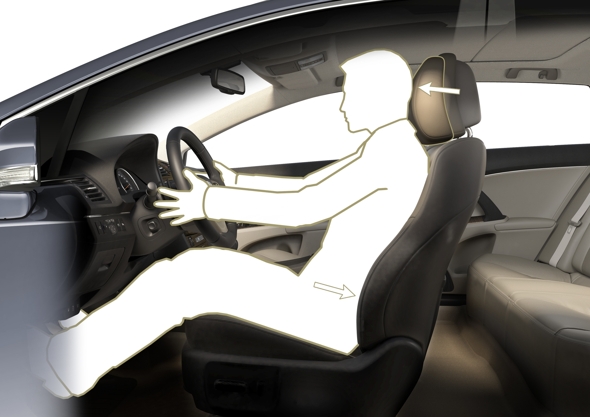
Just over half of injuries sustained in accidents in Japan were as the result of rear-end collisions, but approximately 90% of those injuries were neck injuries. That’s why Toyota developed the Whiplash Injury Lessening (WIL) concept seat, which first debuted in 1997 and was updated further in 2005.
The WIL concept seats are designed to cushion and support the occupant’s head and chest simultaneously, minimising the injury occurring from the head and torso moving in different directions. Toyota used its THUMS virtual-human computer modelling to confirm the effectiveness of the WIL concept seats in reducing whiplash injuries in lower speed rear impacts.
WIL seats are fitted as standard to most Toyota models, including Yaris, Auris, Prius, RAV4 and Land Cruiser.
Active Headrests
Active Headrests, introduced in 2007, are an extension to the WIL concept seats that further minimise neck injuries in rear-end impacts. A sensor in the seat is triggered by the lower back pressing into the seatback and activates the active headrest, which moves diagonally upwards and forward to catch the back of the head.
This technology decreases the severity of whiplash injury by a further 10-20% compared with the WIL concept seat on its own.
Active Headrests are featured on selected models in the Prius family, as well as Verso, GT86 and Land Cruiser.
SRS Airbags
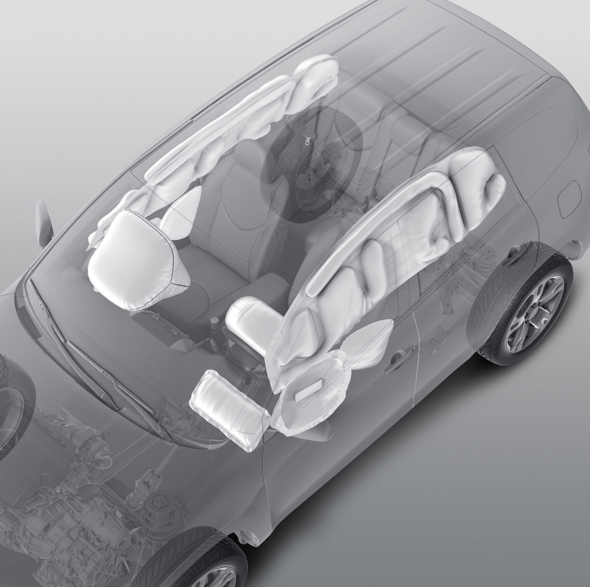
The first SRS (Supplemental Restraint System) airbag was fitted to a Toyota in 1989, providing protection solely for the driver. Since then, Toyota’s SRS airbag systems have been expanded throughout the passenger cabin to the extent that some Toyota models have nine or more airbags that create a protective cocoon around their occupants.
SRS airbags are triggered in the event of serious collisions, inflating rapidly to produce cushion the occupant and reduce the risk of severe or fatal injury. Dependent on the model, SRS airbags include front airbags for head and chest protection, knee airbags, side airbags, curtain shield airbags, seat cushion airbags and even the revolutionary rear window curtain shield airbag specially developed for the tiny Toyota iQ.
ISOFIX child seat mounting points
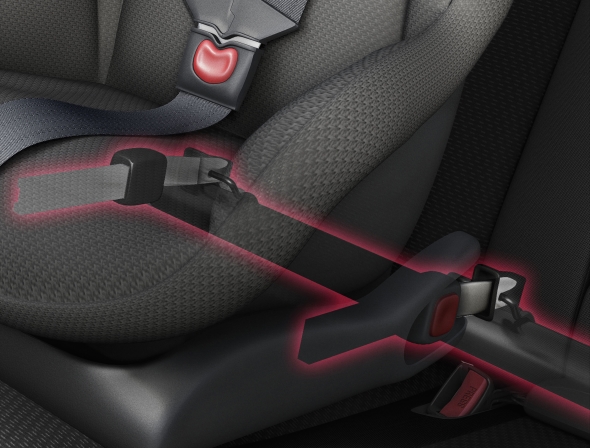
ISOFIX is an internationally recognised standard that sets out the specification for secure anchoring of child safety seats in cars, consisting of two anchor points at the base of the rear seats and a top tether point. ISOFIX greatly reduces the risk of improperly fitted child seats, thereby increasing the safety and effectiveness of the child seat.
Occupant safety is a priority for Toyota, so all Toyota passenger vehicles are equipped with ISOFIX child seat mounting points.
To learn more about other Toyota safety technologies, see these related posts:
Braking technologies
Stability and control technologies
Monitoring systems
Safety through convenience
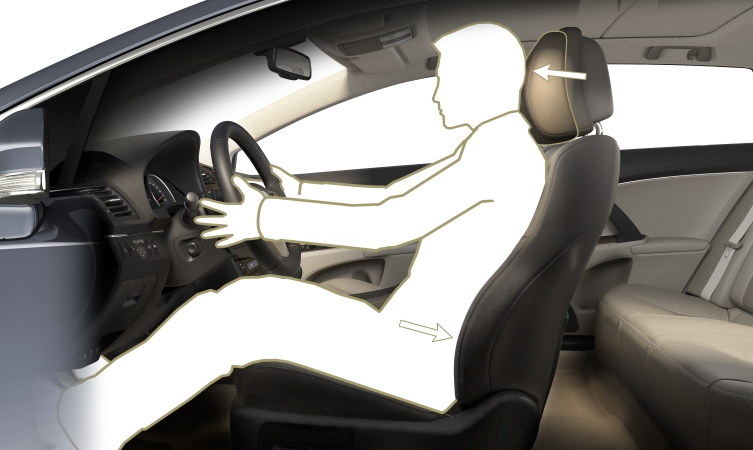

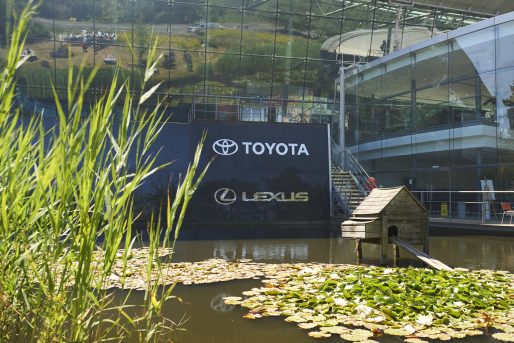
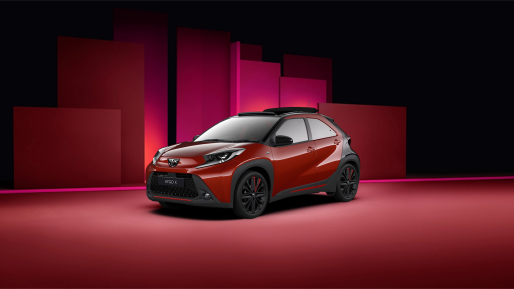
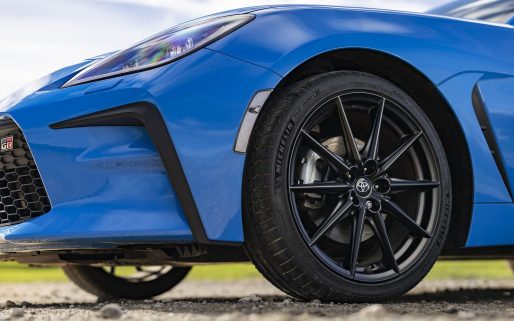
Hi, should an Avensis registered in March 2012 have isofix fittings?
Hi Claire,
We have had a look at the owners manual (available on MyToyota) and it says that ISOFIX should be in your vehicle. Many thanks 🙂
Hi can isofix be fitted to a hilux double cab icon reg march 2014, many thanks
Hi John,
Thanks for getting in touch. We have spoken with our product team and they have advised that the 2014 Hilux does not feature Isofix. Many thanks 🙂
HI can the isofix fixings for a double cab icon reg march 2014be imported from toyota japan, if not why not? many thanks
Hi John,
Thanks for getting in touch. You can’t retrofit ISOfix mounting points, they have to be installed at the factory when the car is being built. Therefore, ISOfix compatible seats can’t be installed and have to be installed using seat belts. Hope this answers your question, please let us know if we can assist further. Many thanks 🙂
Hi, Can you please confirm if a 2013 Hiulx is IOSfix compatible?
Hi Michelle,
Thanks for getting in touch. Our product team have advised that ISOfix does not feature on a 2013 Hilux.
You can’t retrofit ISOfix mounting points, they have to be installed at the factory when the car is being built. Therefore, ISOfix compatible seats can’t be installed and have to be installed using seat belts. Hope this answers your question, please let us know if we can assist further. Many thanks.
Can you please confirm if the RAV4 XT4 2006 UK model (manual diesel) has isofix points? If so, are there instructions available re: how to fit an isofix base? Thank you!
Hi Helen,
Thanks for getting in touch. We have spoken to our product department who can advise that Isofix is showing as standard for all RAV4 models as of 2004. Many thanks.
I have a Toyota Yaris 2004 can you confirm if this model has isofix points and where to find them? Many thanks.
Hi Casey,
Sorry for the delay in response. We’ve been waiting for a reply from our product team. They are currently investigating this and we will let you know as soon as we hear anything. Many thanks for your patience.
Ella – Did you receive confirmation from your production team regarding Casey’s question? I also have a 2004 Yaris and would like to purchase an Isofix base for our baby car seat.
Hi Anthony,
Thank you for getting in touch with us. We can confirm that all grades of the 2004 Yaris have the ISOFIX points as standard and the location for these points should be on the 2 rear seats one either side. Hope this helps.
Hi, can you tell me how to turn off the passenger airbag on my 2014 Hilux extra cab? I need to do this to safely fit a baby seat.
Hi Tim,
We’ve spoken with our technical department and they have advised that the method on how to de-activate the passenger airbag should be detailed in the Owner’s Manual. However, they have had a look in the 2014 Hilux manual and can’t find the exact information. They have asked if you could provide the VIN or reg number for this vehicle. They’ll check on another system and see if the vehicle has this feature available. Many thanks.
We couldn’t see it in the manual either!
Reg is *****.
Thanks
Hi there,
We’ll look into this for you and come back once we’ve heard from our technical team!
Hi there,
Unfortunately, the systems we have looked at do not list airbag cut-off switch for this vehicle. Therefore, this vehicle does not have this feature available. Many thanks for your patience.
Thank for checking. Unfortunately that presents a real problem and means that my wife will be trapped at home with our baby for weeks at a time. I don’t know what we will do now.
Hi Tim,
We’re sorry to hear for your predicament. It is the responsibility of the owner to make sure the car suits their needs before purchase. If you feel you were mis-sold the vehicle, we would recommend contacting the customer relations team and you can do so here: http://www.toyota.co.uk/contact-us.
Hi I have a 2010 Yaris and just wondering if it has isofix in it, many thanks
Hi Heidi,
Could you provide us with a VIN or registration number, please? We will be able to have a look on our systems.
Hi, does the 2006 Yaris have isofix fittings please?
Hi Noeline,
We’re looking into this for you and we’ll be in touch as soon as we hear from our product team!
would like to know the answer as well plz